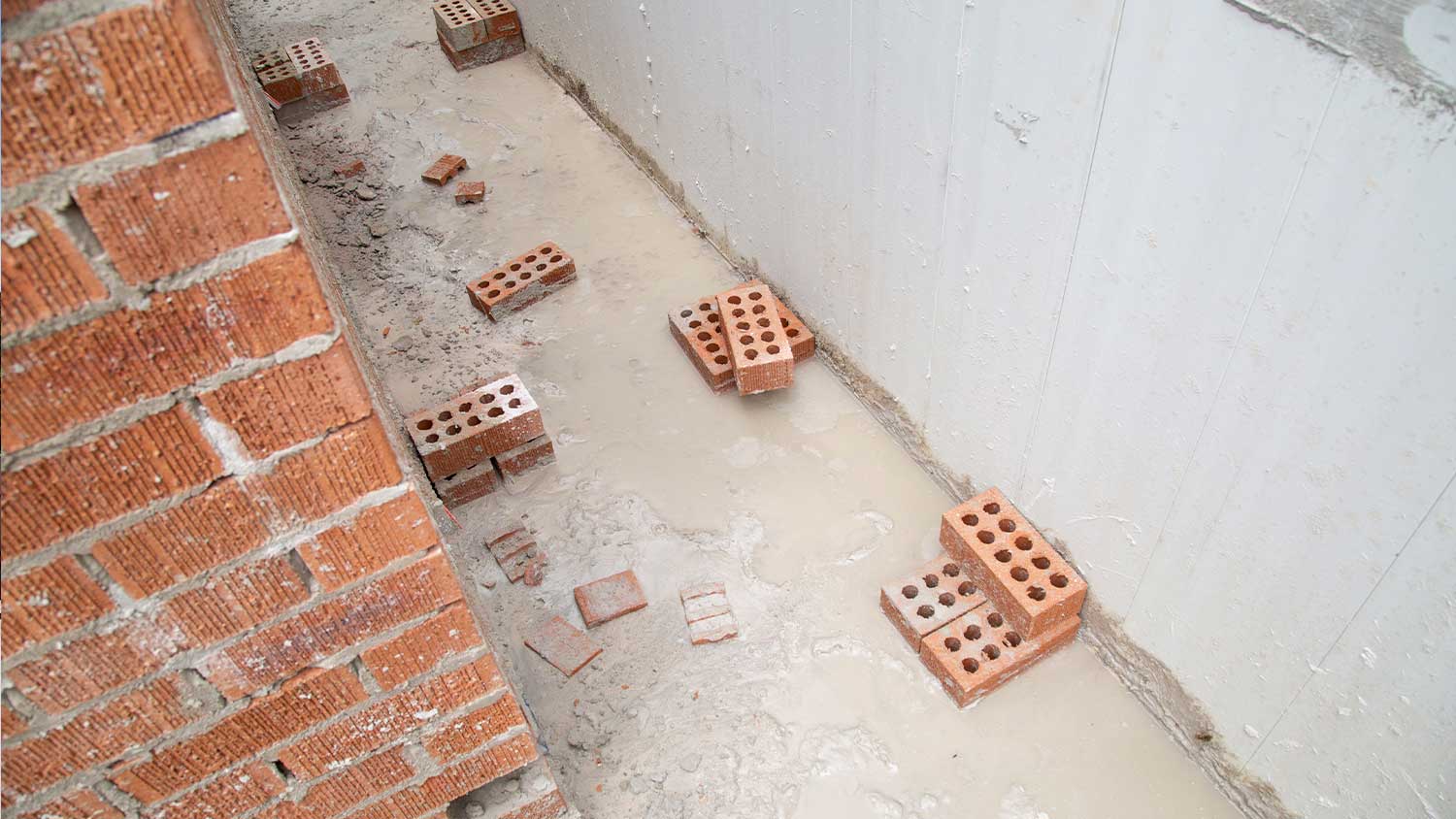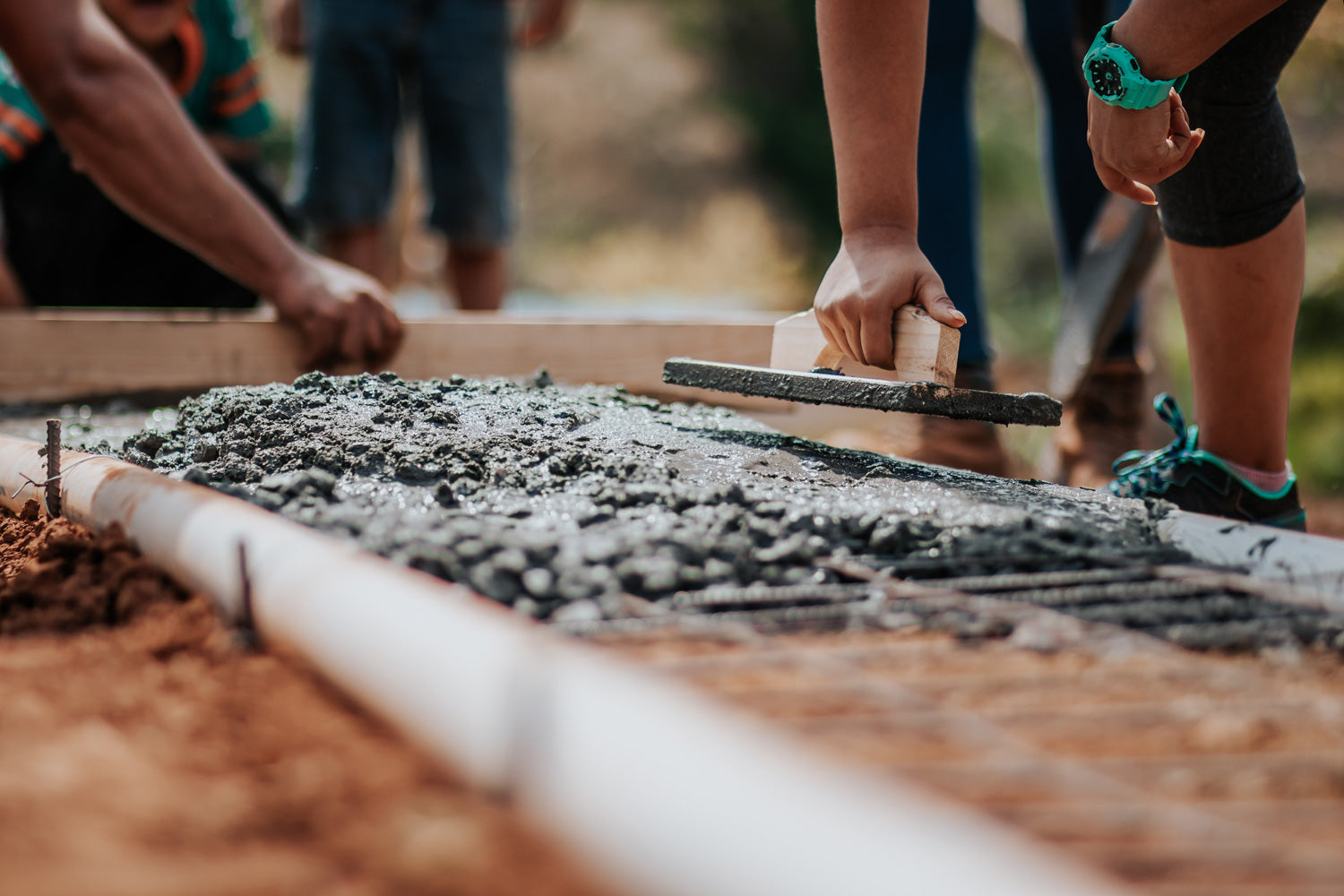
For many wet trade contractors, the best end of day slurry cleanup is the one that takes the least amount of time. After a big day on the tools, careful disposal of washout materials isn’t always the top priority, which is why we often see wheelbarrows of slurry dumped in gutters and garden beds.
However, improper slurry disposal isn’t just harmful to the environment, it can also be damaging to the builder’s hip pocket. As part of their 2021 Get the Site Right campaign, the Environment Protection Authority (EPA) issued over $380,000 in fines after an audit of residential building sites found many were polluting waterways with runoff, including concrete slurry.
According to NSW EPA Executive Director Regulatory Operations Steve Beaman, the campaign showed that:
“Many builders and renovators think that sediment and building products going into the stormwater drain won’t have much of an impact. However, the sediment from even a single building site can damage local streams and waterways, and when this action is replicated hundreds of times on building sites across the region, it can have a significant environmental impact.”
So what are the environmental impacts of poor cement slurry disposal, what are the penalties, and how can you avoid them on your job site?
Is Cement Slurry a Hazardous Waste?
Depending on the nature of your job site and the tools involved in washout, slurry can be considered a hazardous waste. If you’re cleaning pump truck hoppers and ready-mix trucks, the resulting slurry mixture can be caustic, corrosive and contain toxic metals.
Physical contact with some slurries can cause burns and ulcers, which is why it’s important that wet trade contractors treat cement slurry carefully for their own protection and the protection of the environment.
Does Cement Slurry Damage Vegetation?
Concrete slurry often finds its way to surrounding vegetation on the job site, caused by hosing down tools or barrows being emptied in garden beds or onto lawns after washout. However, cement slurry can be highly damaging to local flora and fauna.
When exposed to the slurry, soil can have its chemical composition changed and plant growth hindered. Further, the slurry can leech into groundwater and the problem can spread. Cement slurry can also block stormwater drains and contribute to flooding in periods of heavy rain - impacting surrounding plant life.
Does Slurry Harm Animal Life?
As shown by the far-reaching Get the Site Right campaign and ensuing fines for non-compliant businesses, the Environment Protection Authority takes job site contamination of waterways very seriously.
And for good reason.
Cement slurry mixtures can poison groundwater and cause high levels of PH in waterways, harming marine life and also impacting drinking water.
Stories of marine disasters caused by poor slurry disposal are common around the world. In one recent spill in the US, dramatic photos emerged of hundreds of dead trout floating downstream and local dogs becoming sick after the creek’s ph levels spiked after a slurry spill from a nearby construction site.
Fines for Improper Slurry Disposal
The EPA can impose severe penalties for illegal dumping, under which improper slurry cement disposal can fall. In NSW, illegal dumping is prohibited under the Protection of the Environment Operations Act 1997 (POEO Act), which has a tier system of fines applying to both individuals and corporations.
On the spot fines for illegal dumping can be up to $7,500 for individuals and $15,000 for corporations, with additional fines if the waste is causing damage to waterways. However, for negligent and wilful offences causing damage to the environment, these fines can reach up to $5 million for corporations and prison offences for individuals.
The public is encouraged to report illegal dumping to the EPA, which was the direct cause of Boral’s most recent fine on the NSW North Coast. It’s clear that builders can no longer afford to be careless with their slurry disposal.
Environmentally Friendly Concrete Slurry Disposal
Careless cement slurry disposal is damaging to local vegetation, marine life, your site’s reputation and your bottom line. Thankfully, there’s a simple and cost-effective alternative that your site can start to use today.
What is SLURRYTUB and How Does it Work?
SLURRYTUB is a portable and easy-to-use solution for disposing of wet building waste in a safe and environmentally friendly way. We created it after decades of witnessing substandard slurry management on job sites, but also understanding the need for tools that were fast and effective.
SLURRYTUB’s heavy-duty recycled plastic tub provides sturdy access for wheelbarrows, with a biodegradable filter liner to turn previously harmful slurry into usable recycled water. Once the slurry has drained and the mixture dried, simply dispose of the filter paper. Easy.
To learn how you can create a safer, cleaner and more environmentally friendly worksite with SLURRYTUB, get your first Starter Kit today.




Leave a comment
This site is protected by hCaptcha and the hCaptcha Privacy Policy and Terms of Service apply.